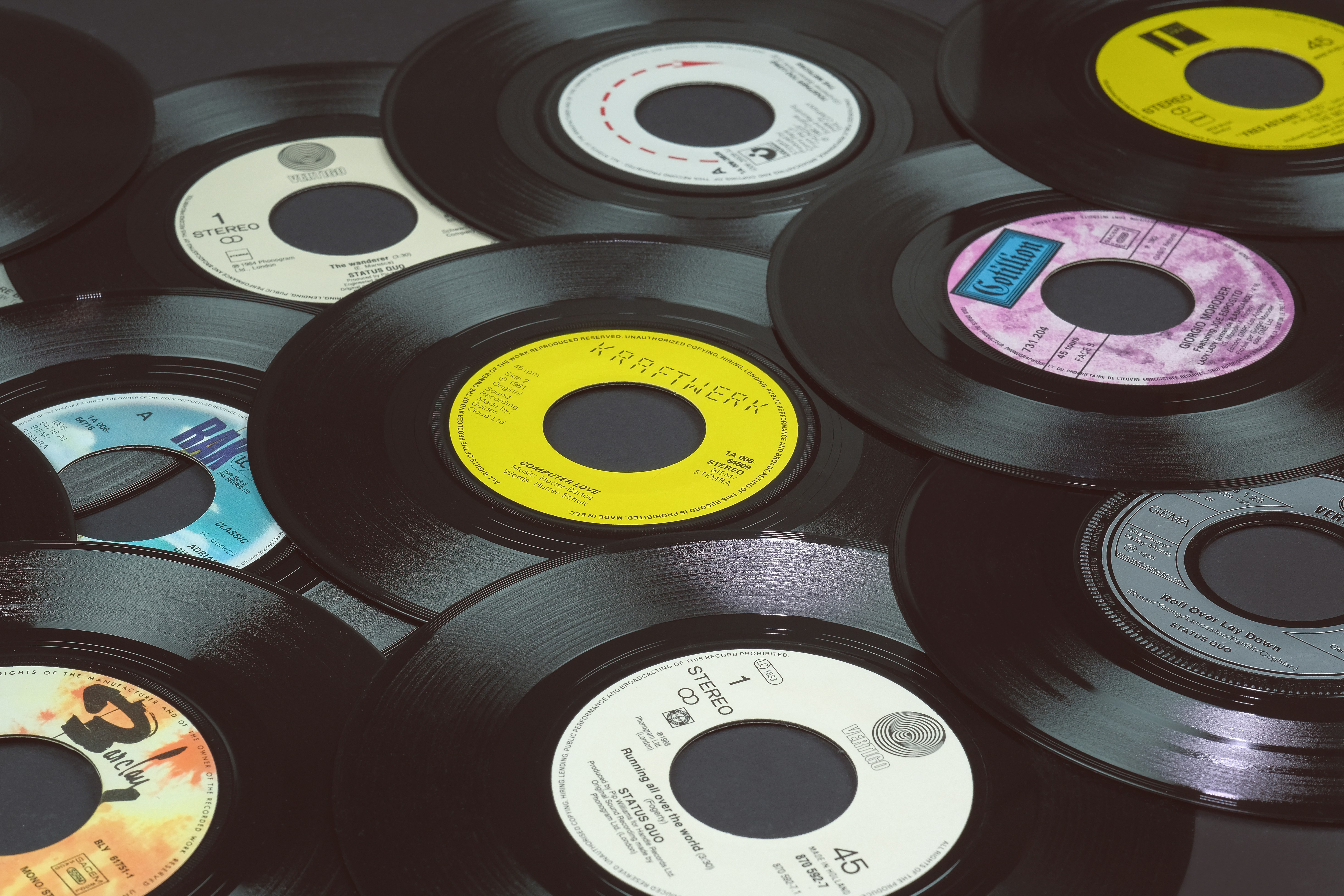The evolution of vinyl technology: A timeline of historical moments
In the world of music and sound recording, vinyl has always held a special place. The evolution of vinyl technology is fascinating and has a rich history. Let's take a look at some of the key historical moments that shaped the development of vinyl.
The rise of the gramophone record
The phonograph record, also known as the vinyl record, was first introduced in the late 19th century. It was a giant leap forward in the way music was recorded and played. With its round shape and grooves that contained sound, the phonograph record offered listeners an entirely new experience.
The introduction of the long-playing record (LP).
In 1948, Columbia Records released the first commercially viable long-playing record. This innovation made it possible to store much more music on a single disc, allowing for longer listening sessions. The LP soon became the standard for home sound recording and remained popular for decades.
The rise of the single: 45-rpm records
In addition to the LP, record companies also introduced the 45-rpm record, better known as the single. These smaller discs spun at 45 rpm and were ideal for releasing individual songs. Singles became an important part of the music industry and helped artists distribute hit songs.
Digitization and the rise of CDs
In the 1980s, the rise of digital technology began to transform the music industry. The introduction of the compact disc (CD) revolutionized sound recording and reproduction. CDs offered higher sound quality and were much more compact than vinyl records, which quickly made them popular with consumers.
The resurgence of vinyl
After years overshadowed by digital formats, vinyl made a surprising comeback in the late 2000s. Music lovers began to re-appreciate the warm, analog sound of vinyl and there was a renewed interest in records. Today, vinyl is back in demand and new albums are even being released on this classic format.
The future of vinyl technology
While digital streaming services continue to dominate the music industry, vinyl still holds a special place for audiophiles and collectors. With the rise of high-quality turntables and improved production techniques, vinyl remains an important part of the music experience. The evolution of vinyl technology is expected to continue, with new developments further highlighting vinyl's unique charm and appeal.
The historical journey of vinyl technology demonstrates how this classic medium has adapted to changing times and remains relevant in the modern world of music. Whether you are an avid vinyl collector or simply enjoy the warm sounds of a record, the evolution of vinyl technology has had a lasting impact on the way we listen to music.
